#jean varda
Explore tagged Tumblr posts
Text
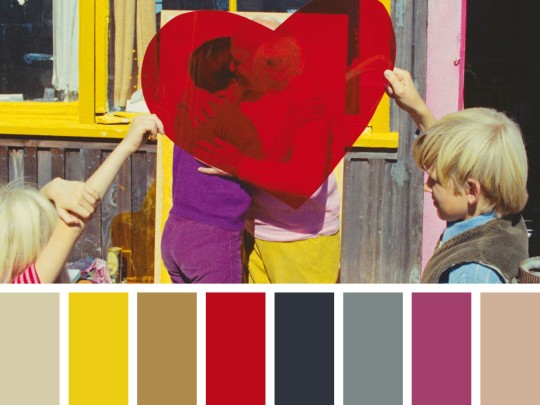
Oncle Yanco (1967) dir. Agnès Varda
27 notes
·
View notes
Photo

Jean Varda (1893-1971) - Self portrait
39 notes
·
View notes
Text
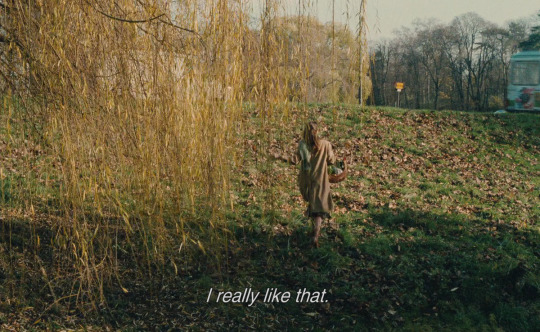


Jane B. par Agnès V. (Agnès Varda, 1988)
#Jane B. par Agnès V.#Jane B par Agnès B#Jane Birkin#Birkin#Agnès Varda#Agnes Varda#Varda#Jane B par Agnes V#Jane B. par Agnes V.#1988#Jane B. by Agnès V.#Jane B by Agnès V#Jane B by Agnes V#Jane B. by Agnes V.#quote#Jean-Pierre Léaud#Jean Pierre Leaud#Jean Pierre Léaud#lost#people#autumn
499 notes
·
View notes
Photo

Jean-Luc Godard and Anna Karina on their wedding day by Agnès Varda, 1961
#Jean-Luc Godard#Anna Karina#wedding day#Agnès Varda#1960s#1961#1960s bride#1960s fashion#wedding dress
560 notes
·
View notes
Text


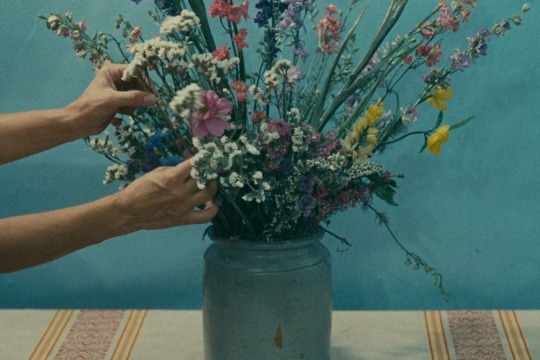

Le Bonheur (1965) dir. Agnès Varda
#cinema#french cinema#french new wave#nouvelle vague#film#french movie#60s#filmmaking#french directors#feminist directors#female directors#women filmmakers#films by women#agnes varda#agnes v#varda#jean claude drouot#claire drouot#marie france boyer#marie-france boyer
87 notes
·
View notes
Photo

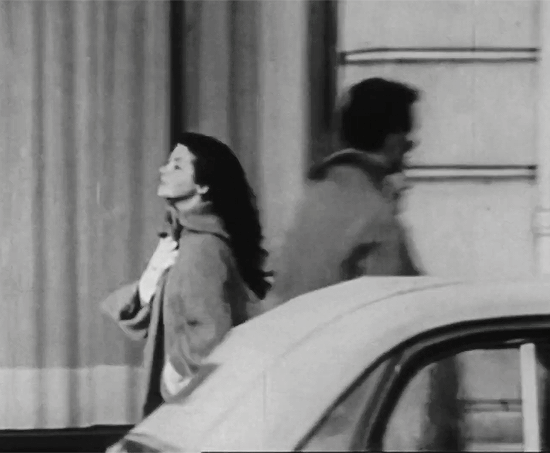
UNE FEMME COQUETTE (1955) dir. by Jean-Luc Godard
#une femme coquette#jean-luc godard#the french are glad to die for love#*#ugh godard was on a STREAK for so long#but i find anything after masculin feminin to be unwatchable#this is why truffaut will always be better - he was a god until the end#day for night and adele h. are just as good as anything he made in the new wave era#while godard just turned into a bigger conard with every single film he made#i will never ever forgive him for what he did to varda at the end#that was his ultimate dick move after a lifetime of dickhood#au revoir you piece of shit i hope anna is on her cloud fucking jacques perrin 🤍
585 notes
·
View notes
Text
The French New Wave: A Cinematic Revolution.
Introduction
The French New Wave, or Nouvelle Vague, is a cinematic movement that revolutionized French cinema and, by extension, global cinema. Emerging in the late 1950s, it marked a decisive break from the conventions of traditional filmmaking. This movement not only redefined the rules of directing but also spotlighted new talents who would go on to influence generations of filmmakers.

Origins of the French New Wave
The movement was born out of criticism, particularly through journals like Cahiers du cinéma, where young cinephiles such as François Truffaut, Jean-Luc Godard, and Éric Rohmer began expressing their dissatisfaction with the rigidity of French cinema at the time. These critics soon transitioned behind the camera to materialize their innovative ideas.
Characteristics of the French New Wave
- Narrative Freedom : Films of the New Wave are characterized by non-linear storytelling and a liberated approach to narrative structure. Plot often takes a back seat, with emphasis placed on emotion and the moment.
- On-location Filming : Unlike traditional cinema, which predominantly relied on studio settings, New Wave directors favored natural locations, lending their films a more realistic and immediate feel.
- Innovative Camera Techniques : The directors experimented with groundbreaking camera techniques such as handheld shots, long takes, and rapid editing. This dynamic approach contributed to a unique aesthetic that often blurred the lines between fiction and documentary.
- Non-professional Actors and Improvised Dialogues : To enhance realism, many New Wave filmmakers cast non-professional actors and encouraged improvisation, resulting in more natural and spontaneous dialogue.

Pioneering Figures
- Jean-Luc Godard : With films like Breathless (À bout de souffle, 1960), Godard introduced a bold and provocative style, challenging conventional editing and narrative techniques.
- François Truffaut : In The 400 Blows (Les 400 Coups, 1959), Truffaut explored autobiographical themes with a new sensibility, deeply resonating with audiences.
- Agnès Varda : Although sometimes considered on the periphery of the movement, Varda contributed significantly with works like Cléo from 5 to 7 (Cléo de 5 à 7, 1962), enriching the New Wave with a feminine and introspective perspective.



Three Must-See Films of the French New Wave
1. Breathless (1960) - Jean-Luc Godard
One of the cornerstones of the French New Wave, Breathless tells the story of Michel Poiccard, a petty criminal on the run, and his love for a young American, Patricia. The film is renowned for its innovative editing style, with abrupt cuts and a frenetic pace. Godard disrupted traditional cinematic conventions, delivering a daring work that perfectly embodies the rebellious spirit of the movement.

2. The 400 Blows (1959) - François Truffaut
Truffaut’s debut feature is an autobiographical masterpiece that follows the misadventures of Antoine Doinel, a young boy rebelling against authority. The 400 Blows is a poignant film that explores childhood, the misunderstanding of adults, and the quest for freedom. The film is distinguished by its realism and sensitivity, hallmarks of the New Wave.

3. Cléo from 5 to 7 (1962) - Agnès Varda
Often referred to as the "grandmother" of the New Wave, Agnès Varda offers an introspective and feminist perspective with Cléo from 5 to 7. The film follows Cléo, a singer awaiting potentially grave medical test results. Over the course of two hours, we watch her traverse Paris, encountering various characters. The film is remarkable for its exploration of time, mortality, and identity, while also capturing the essence of Parisian life.

The Impact of the French New Wave
The French New Wave profoundly influenced global cinema, paving the way for a new generation of directors willing to break conventions, both in Europe and in the United States. Filmmakers like Martin Scorsese, Quentin Tarantino, and Wong Kar-wai have frequently cited the New Wave as a major source of inspiration.
Conclusion
The French New Wave remains a pivotal movement in the history of cinema. By breaking with tradition and innovating both in form and content, these directors redefined what cinema could be. Even today, their influence is felt, proving that the New Wave has left an indelible mark on the art of filmmaking.

(yes it is)
#coquette#it girl#lana del rey#girlboss#jane birkin#lizzy grant#60s girl#lanadelrey#vintage#girlblogging#nouvelle vague#new wave#Godard#francois truffaut#jean luc godard#Agnès Varda#70s aesthetic#70s vintage#60s icons#films#movies#movie review#critique#essai#french
28 notes
·
View notes
Text

Joy of Learning (Le Gai savoir), 1969, Jean-Luc Godard.
#movies#french film#jean luc godard#godard#swiss film#french cinema#french new wave#pierrot le fou#Nouvelle Vague#anna karina#Cahiers du Cinéma#robert bresson#françois truffaut#claude chabrol#existentialism#eric rohmer#rivette#maoist#jacques demy#agnes varda#vivre sa vie#breathless#1960s#le petit soldat#Le Mépris#Band of Outsiders#La Chinoise#Joy of Learning#1969
25 notes
·
View notes
Text
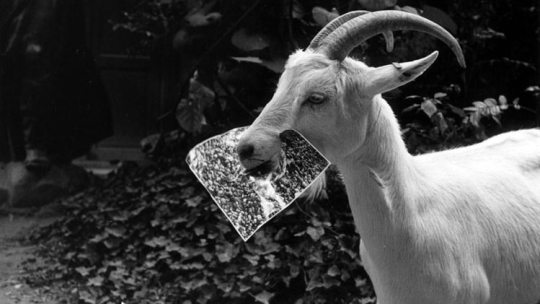
Ulysse, Agnès Varda (1983)
#Agnès Varda#Jean Yves Escoffier#Pascal Rabaud#Pierre Barbaud#Marie Josée Audiard#Hélène de Luze#1983#woman director
33 notes
·
View notes
Photo
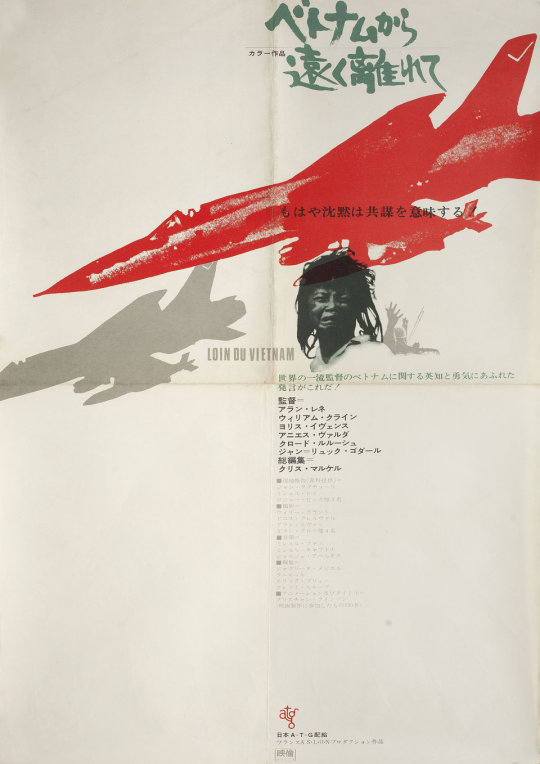
Far from Vietnam (1967, directed by Joris Ivens, William Klein, Claude Lelouch, Agnes Varda, Jean-Luc Godard, Chris Marker, and Alain Resnais). Movie poster designed by Kiroku Higaki
#alain resnais#chris marker#jean luc godard#agnes varda#claude lelouch#william klein#joris ivens#film#movie posters#kiroku higaki#vietnam#red
43 notes
·
View notes
Text

Agnès Varda & Jean-Luc Godard at Cannes
14 notes
·
View notes
Text

Jean-Luc Godard and Anna Karina on their wedding day.
Photo by Agnès Varda, 1961.
14 notes
·
View notes
Text

Gérard Philipe, Jean Vilar et Léon Gischia photographiés par Agnès Varda dans la Cour d'honneur du Palais des papes, 1952.
5 notes
·
View notes
Text

Agnès Varda
Jean-Luc Godard
Robert Bresson
51 notes
·
View notes
Text
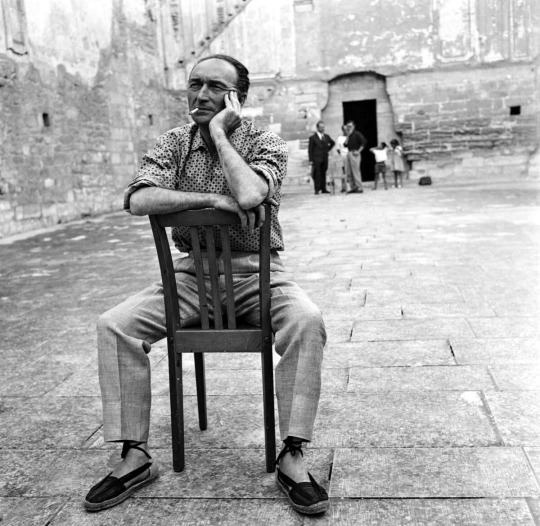
Jean Vilar par Agnès Varda au Tinel de la Chartreuse de Villeneuve-lez-Avignon, 1958.
11 notes
·
View notes